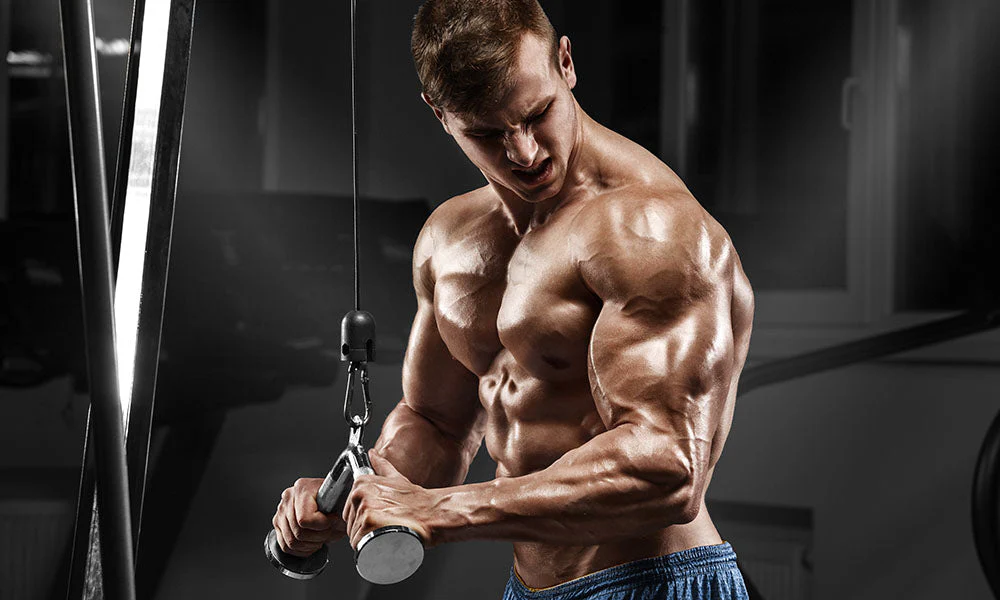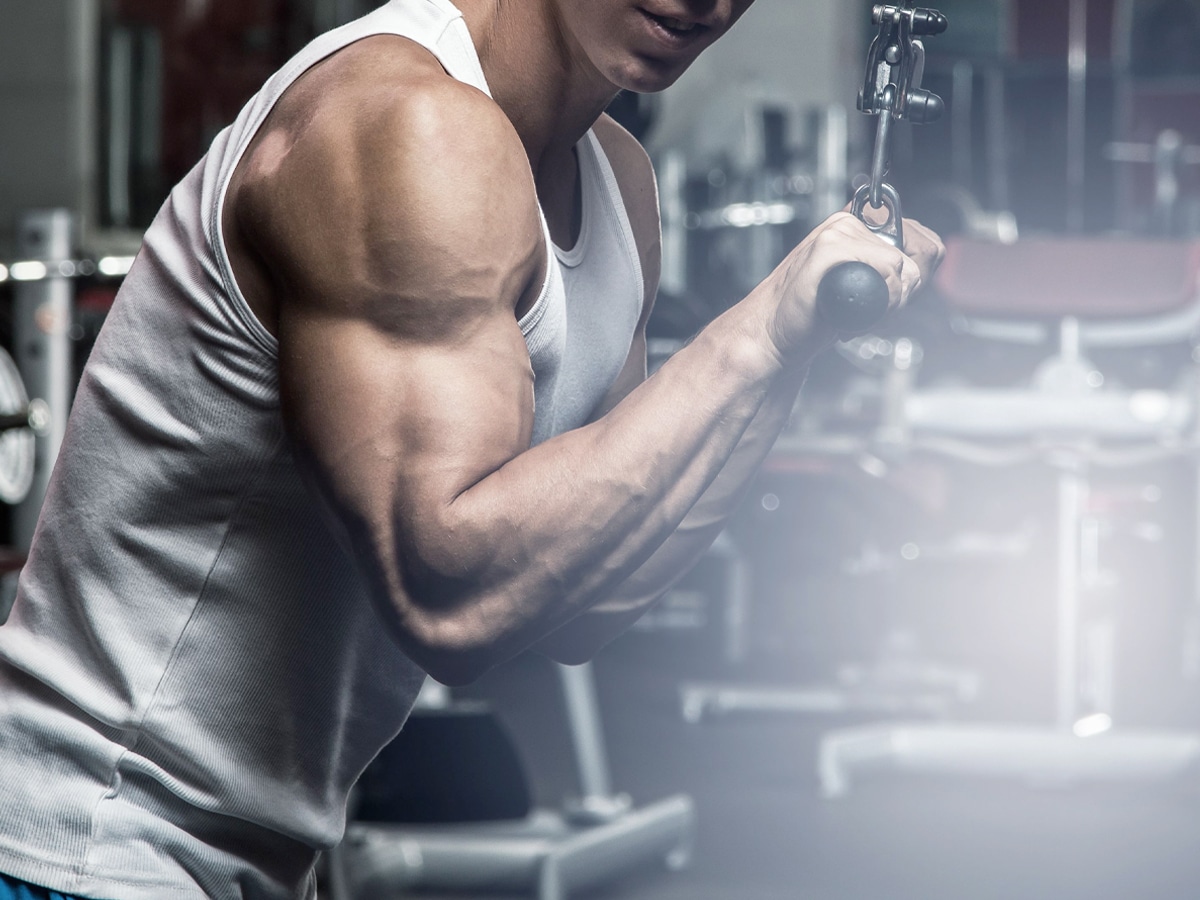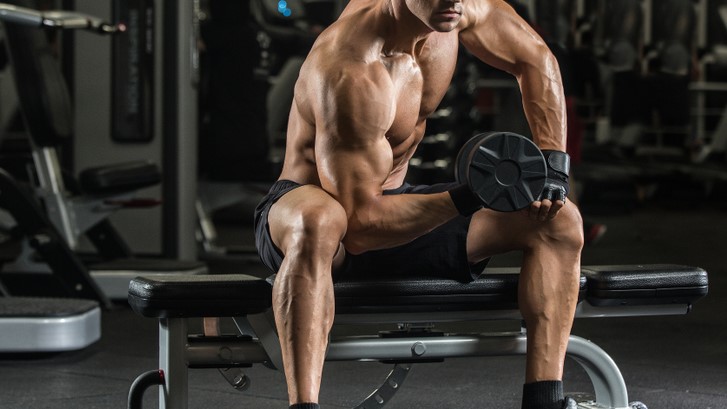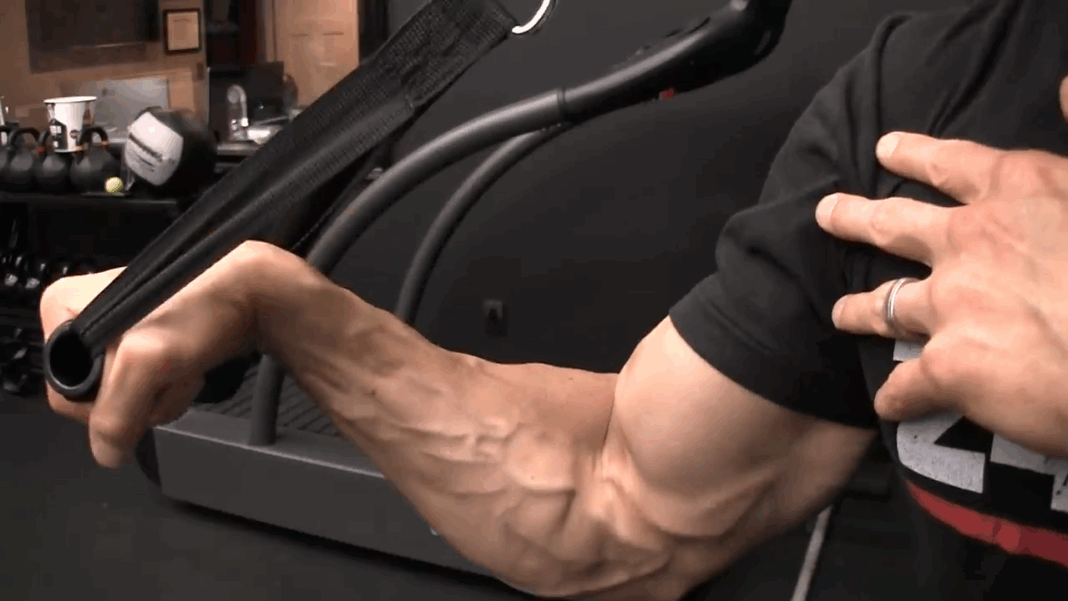Best Triceps Exercises for Size and Lockout Strength: A Complete Guide for Lifters Who Want Bigger Arms
When most lifters think about building big arms, their focus immediately goes to biceps. But here’s a reality check: your triceps make up over two-thirds of your upper arm mass.
If you’re serious about upper arm thickness, strength, and that horseshoe shape that screams “I lift,” you need to prioritize your triceps training.
And no — rope pushdowns alone won’t cut it.
To build big, dense, powerful triceps, you need to train all three heads of the muscle using exercises that create deep stretches, maximize contractions, and allow for progressive overload.
We’ll break down the best triceps exercises for mass and strength, grounded in muscle function, biomechanics, and EMG research, along with practical application from a seasoned bodybuilding perspective.
Understanding Triceps Anatomy: Why It Matters
Before diving into the rankings, let’s quickly break down how the triceps are structured and why exercise selection based on anatomy is key to growth.
🔹 Long Head
- Location: Runs down the back of the upper arm
- Function: Extends the elbow and assists shoulder extension (because it crosses the shoulder joint)
- Best Trained: In overhead or stretch-position movements
🔹 Lateral Head
- Location: Outer portion of the triceps
- Function: Helps create that horseshoe definition
- Best Trained: With movements that emphasize lockout or straight-arm tension, like pushdowns and close-grip presses
🔹 Medial Head
- Location: Deepest part of the triceps, under the long and lateral heads
- Function: Active in all pressing and elbow extension movements
- Best Trained: Through compound and isolation exercises with full elbow lockout
Bottom line: To maximize size, you can’t just hammer pushdowns and hope for the best. You need a blend of overhead work for the long head, heavy presses for strength, and volume-based finishers to drive hypertrophy.
Best Triceps Exercises Ranked for Mass & Strength
1. Overhead Triceps Extension (EZ Bar or Dumbbell)
- Primary Target: Long head
- Why It’s #1:
- This is the most effective movement for hitting the long head, which is the largest portion of your triceps.
- By taking your arms overhead, you stretch the long head through its full contractile range — a key trigger for hypertrophy.
- EMG data backs up the massive activation, especially during the deep stretch portion of the lift.
- How to Do It Right:
- Use a seated position to prevent momentum.
- Go deep for full stretch but avoid locking out harshly at the top.
- Keep elbows close to your head.
- Training Tip: Moderate weight, higher reps (10–12), controlled tempo, and deep range = growth.
- Use It For: Size, long head isolation, joint-friendly hypertrophy
2. Close-Grip Bench Press
- Primary Target: Medial and lateral heads
- Why It’s a Staple:
- A heavy compound movement that allows serious load.
- Trains the triceps through a powerful pressing motion with an emphasis on lockout strength — crucial for both size and bench press carryover.
- Also activates stabilizer muscles, making it more functional than isolation-only work.
- Form Focus:
- Use a grip just inside shoulder width.
- Tuck elbows slightly and control the eccentric.
- Lower the bar to mid-sternum for optimal triceps loading.
- Training Strategy:
- Go heavier here (6–8 reps) to build foundational pressing strength.
- Pair with lighter isolations later in your workout.
3. Skull Crushers (EZ or Dumbbells)
- Primary Target: Long and lateral heads
- Why It Works:
- Isolates the triceps with minimal shoulder involvement.
- Works great on flat, incline, or decline benches to shift angles and stimulus.
- Deep stretch phase builds the long head; lockout hits the lateral.
- Pro Form Tip:
- Lower the bar or dumbbells slowly to just above the forehead.
- Pause briefly at the bottom before driving the weight back up.
- Set & Rep Goal: 3–4 sets of 10–12 reps, slow tempo
- Great For: Stretch-based hypertrophy, varied angles
Tier 2: Highly Effective Variations Worth Including
These movements are slightly less demanding but perfect for volume, pump, and long-term progression.
🔹 4. Rope Pushdowns
- Primary Target: Lateral head
- Why It’s Valuable:
- Simple, safe, and effective for higher-rep work.
- Allows you to really squeeze at the bottom of each rep and generate a strong contraction.
- Form Cues:
- Elbows locked to your sides, full range from 90 degrees to full extension.
- Pause and flare rope handles at the bottom for maximum tension.
- Rep Range: 12–20 for pump and volume
- Ideal Use: Burnout sets, finishers, joint-friendly days
🔹 5. Dips (Bodyweight or Weighted)
- Primary Target: All heads, especially lateral
- Why It Belongs:
- High mechanical tension.
- Dips train the triceps in a functional pressing pattern, helping both size and performance.
- A slight forward lean still targets triceps while easing shoulder strain.
- Execution Tips:
- Use a controlled descent, avoid bottoming out too deep.
- Add weight with a belt as strength improves.
- Best For: Strength-focused triceps days, powerbuilding splits
🔹 6. Overhead Cable Extensions (Rope or Bar)
- Primary Target: Long head
- Why It Works:
- Keeps constant tension unlike free weights.
- Excellent for metabolic stress and pump, especially after heavy pressing.
- Training Approach:
- Lighter loads, higher reps (15–20)
- Focus on continuous motion and elbow stability
- Use It For: Supersets, high-rep days, tendon-friendly options
Specialty Movements for Isolation and Finishers
🔸 Triceps Kickbacks (Cable or Dumbbell)
- Primary Target: All heads, with lateral emphasis
- Best Used As: A finisher for high-rep, blood-flow focused sets.
- Why Use It: While it doesn’t allow heavy weight, it’s excellent for contraction, mind-muscle connection, and capillary work at the end of a session.
- Form Matters:
- Keep your upper arm parallel to the floor
- Fully extend and squeeze at the top of every rep
🔸 Cross-Body Pushdowns (Single-Arm)
- Primary Target: Lateral head
- Why It Works: Hits the triceps from a slightly different angle than standard pushdowns.
- Use Case: As a pre-exhaust or finisher to get a tight contraction without joint strain.
- Pro Tip: Focus on slow reps and full extensions — no swinging.
Sample Triceps Mass Workout: Bodybuilder’s Blueprint
Focus: Long head priority, lockout strength, and hypertrophy volume
Frequency: 1–2x per week (depending on your split)
Mass-Building Triceps Workout
- Overhead EZ Bar Extension – 4 sets of 10–12
(Full stretch, controlled tempo) - Close-Grip Bench Press – 3 sets of 6–8
(Progressively heavier) - Skull Crushers (Incline DB or EZ Bar) – 3 sets of 10–12
(Pause just above forehead) - Rope Pushdowns – 3 sets of 15–20
(Slow reps, big squeeze)
Optional Finisher
- Cable Kickbacks – 2 sets of 20+ reps (pump focus)
Pro Tips for Bigger Triceps
- Train in the stretched position: Overhead work like skull crushers and extensions creates more mechanical tension — a key hypertrophy driver.
- Don’t just chase weight: It’s about quality contraction, not ego pressing.
- Use multiple angles: Flat, incline, decline, and overhead all stimulate different fiber directions.
- Train across rep ranges: Combine heavy sets (6–8) with higher-rep isolation (15–20) to hit all growth mechanisms.
- Prioritize elbow health: Vary movements and avoid locking out aggressively under heavy load.
Final Word: Triceps Size Comes from Strategy, Not Just Reps
If you want thicker arms, you need to think beyond the pump. You need a plan.
Building triceps that truly stand out means training all three heads with deliberate angles, full ranges of motion, and proper progression.
Start with overhead movements for long head development, push heavy loads with compound presses, and finish with high-rep isolation work to carve out detail.
Triceps aren’t built by accident. They’re built by lifters who train with intent.
🔗 Related Articles:
- Complete Arm Training Guide
- Best Biceps Exercises Ranked
- Why Your Arms Aren’t Growing
- How to Program Arm Day
- Forearm Training That Actually Works




